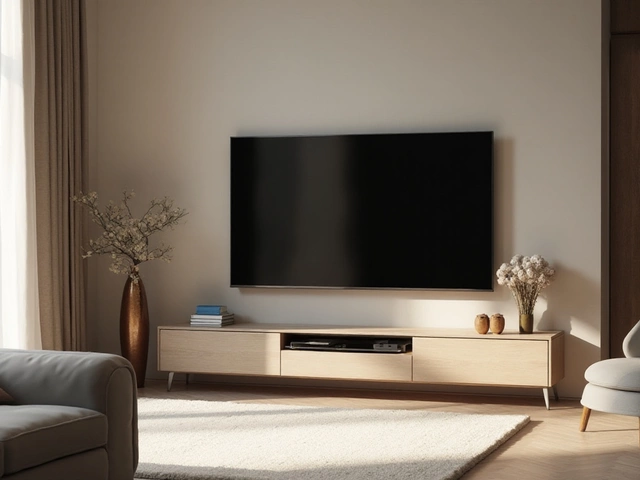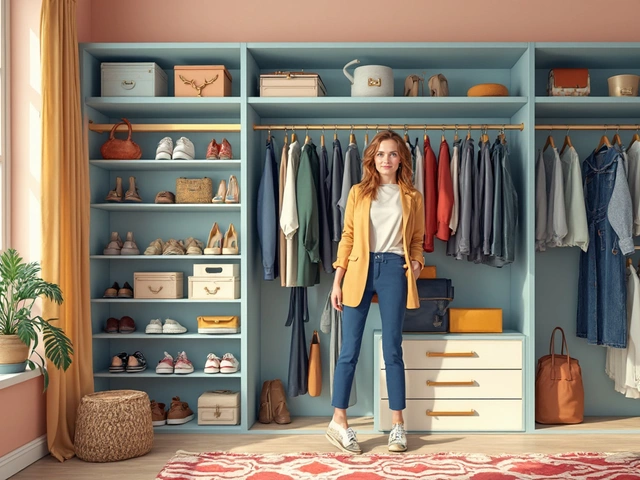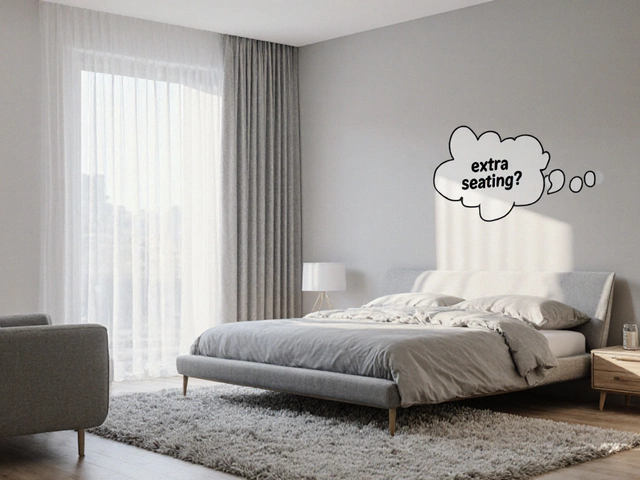Disadvantages – Spot the Drawbacks Before You Buy Furniture
Buying a desk, chair or sofa is exciting, but it can also be a gamble if you ignore the downsides. Knowing the common disadvantages helps you skip cheap tricks and pick pieces that last. Below are the most frequent red flags you should watch for.
Material Mistakes That Cost More Later
Many budget chairs use thin steel frames that bend after a few months. If the legs feel wobbly right out of the box, the frame is probably under‑engineered. Look for solid wood or reinforced metal that won’t give way under everyday use.
Upholstery is another hotspot. Low‑grade synthetic fabrics can pill, fade, or trap odors fast. A quick test is to rub a damp cloth across the surface – if the color lifts, the dye isn’t stable. Opt for fabrics with a clear wear rating and consider removable covers for easy cleaning.
Design Flaws That Hurt Comfort and Function
Adjustable chairs sound great, but if the adjustment mechanism sticks, you’ll spend more time fiddling than working. Test the lever or knob multiple times; it should glide smoothly without extra force.
Desks with shallow drawers often feel cramped. Measure the inside depth before you buy – a drawer that’s too shallow will force you to keep items on top, defeating the whole storage idea.
Lastly, don’t overlook the weight. A lightweight sofa may look sleek, but it can sag or wobble when you sit for long periods. Heavier frames usually mean better stability, especially in high‑traffic areas like classrooms or offices.
By checking these points – material strength, fabric quality, functional adjustments and overall heft – you can avoid common disadvantages that turn a great buy into a regret. Remember, a slightly higher upfront cost often saves you money and hassle down the road.





